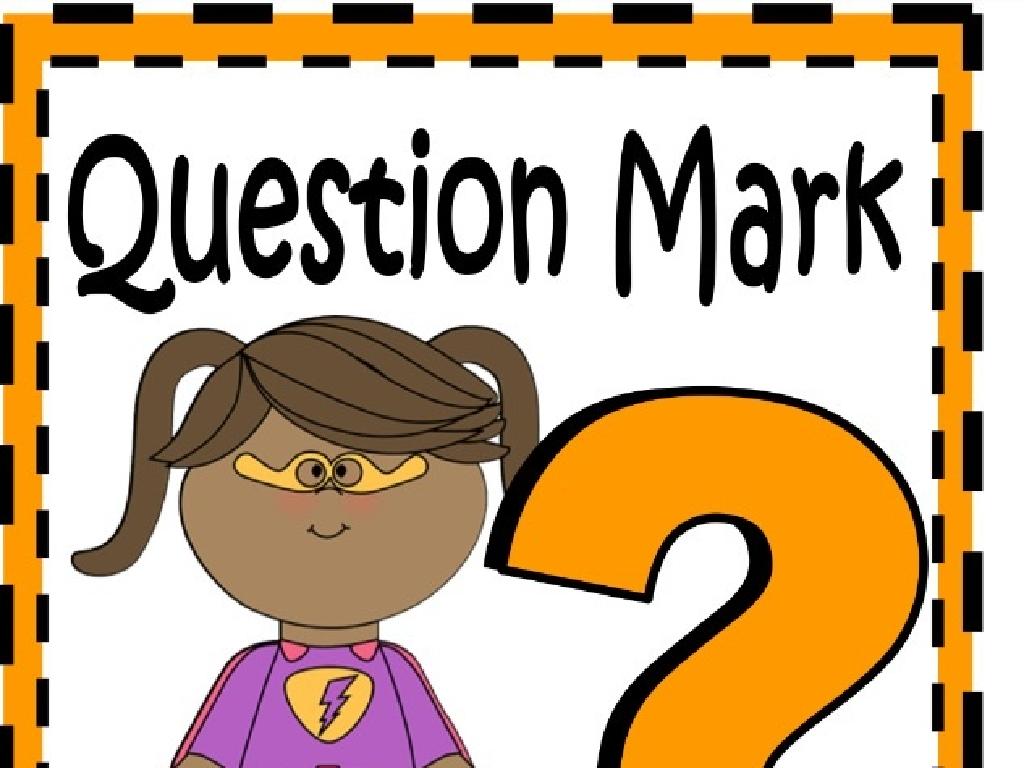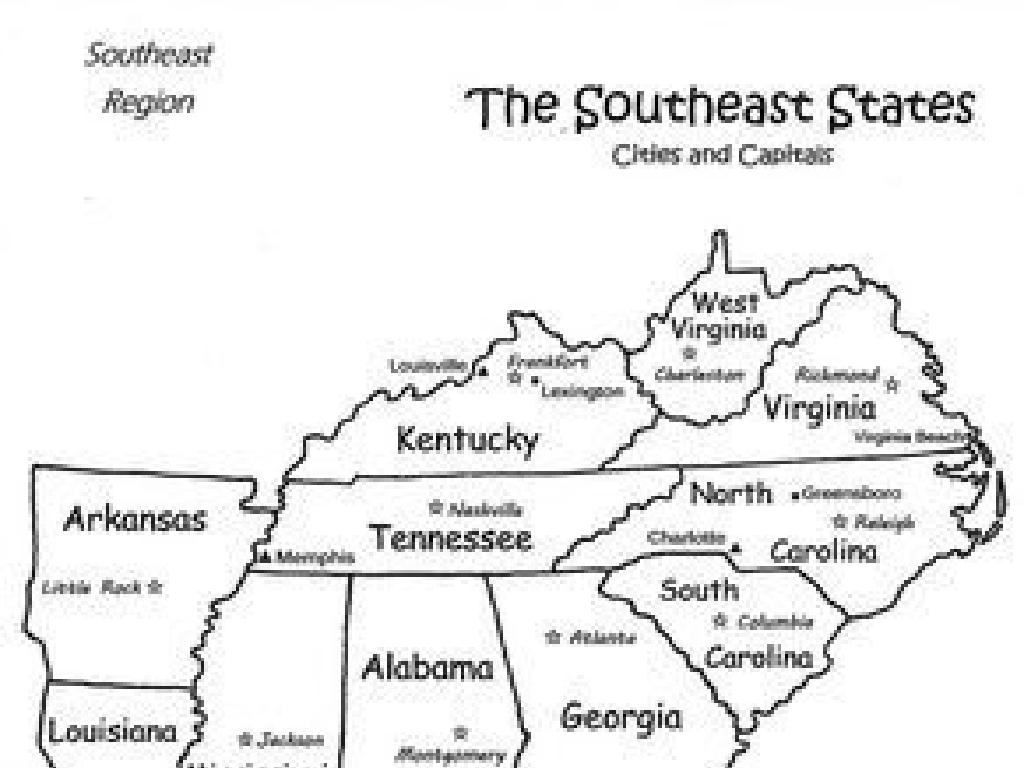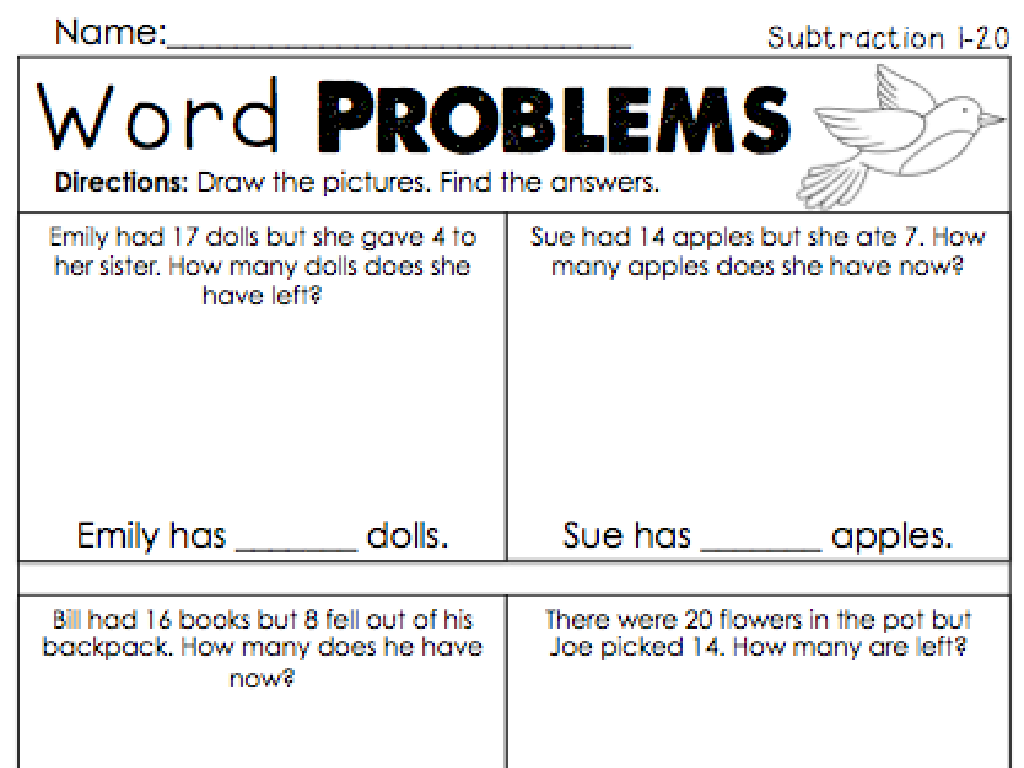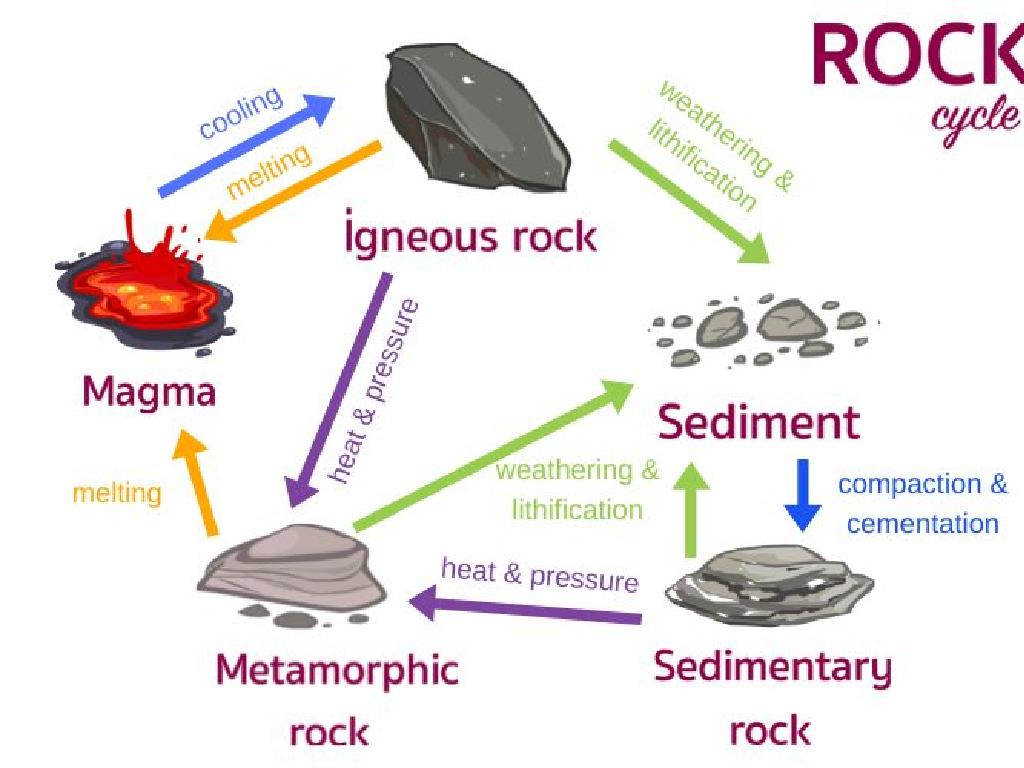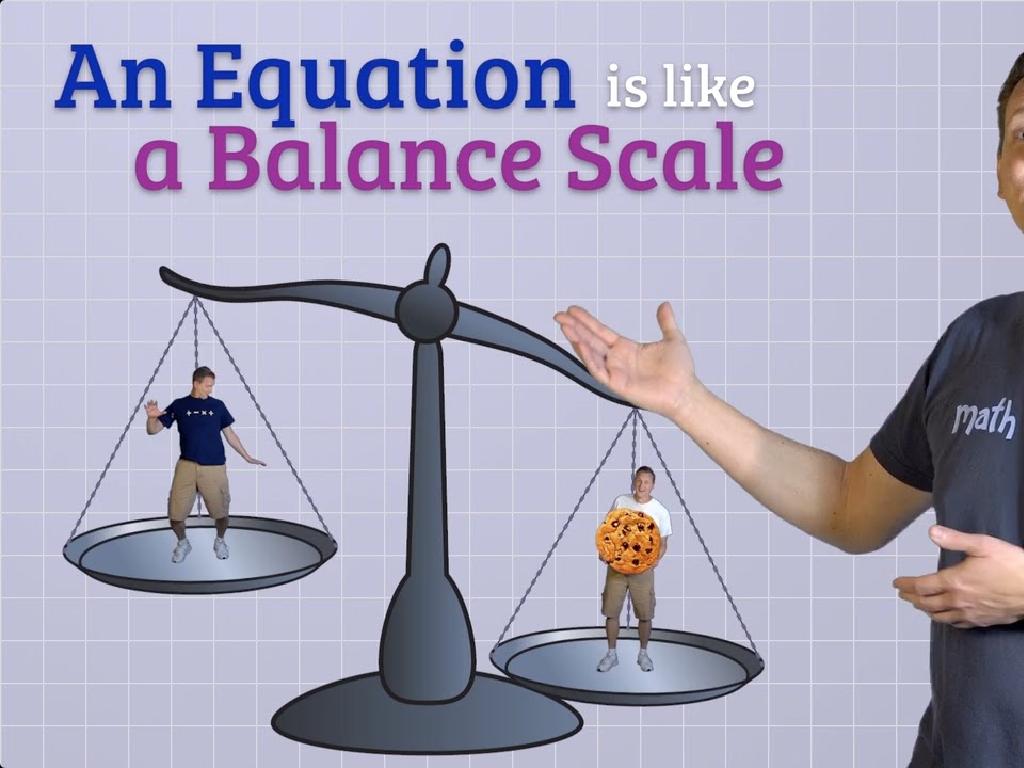Age Puzzles
Subject: Math
Grade: Third grade
Topic: Mixed Operations: Addition And Subtraction
Please LOG IN to download the presentation. Access is available to registered users only.
View More Content
Today’s Adventure: Solving Age Puzzles!
– What are Age Puzzles?
– Age puzzles are fun math problems about finding ages.
– Using addition and subtraction
– We add or subtract numbers to solve puzzles.
– Clues to guess ages
– Clues help us figure out how old someone is.
– Practice with real-life scenarios
– Like figuring out a sibling’s age using your age!
|
This slide introduces students to the concept of Age Puzzles, which are math problems that involve figuring out someone’s age based on given clues. The objective is to help students apply addition and subtraction skills to solve real-life scenarios. Encourage the students to think of these puzzles as a detective game where they use math as their tool to solve the mystery. Provide examples such as, ‘If I am 8 years old and my brother is 3 years older than me, how old is he?’ This will help them understand how to use clues and operations to find answers. Plan for interactive activities where students can create their own age puzzles for classmates to solve.
Solving Age Puzzles
– What are age puzzles?
– Riddles about finding out ages
– Using addition and subtraction
– We add or subtract numbers to find ages
– Example age puzzle
– Lisa is 8 years old, how old was she 3 years ago?
– Solving the puzzle together
|
Age puzzles are a fun way for students to apply their addition and subtraction skills in a real-world context. Start by explaining that age puzzles are like mysteries where we figure out the ages of people using clues. Show how to use subtraction to solve the example puzzle: If Lisa is 8 years old today, we subtract 3 years to find out she was 5 years old 3 years ago. Encourage students to think of these puzzles as stories where they get to be detectives, using math as their tool to solve the mystery. This will not only help them practice their math skills but also enhance their problem-solving abilities.
Solving Age Puzzles with Addition
– Understanding age puzzles
– Adding years to current age
– We add to a person’s age to find how old they’ll be later.
– Example: John’s future age
– If John is 7 now, what’s his age in 5 years?
– Let’s calculate together!
– 7 years old + 5 years = 12 years old
|
This slide introduces students to the concept of age puzzles, focusing on using addition to solve them. Start by explaining what an age puzzle is: a fun math problem that involves figuring out someone’s age in the future or past. Use the example of John to illustrate how to add years to a current age to find a future age. Walk through the calculation step by step, ensuring students understand that you’re simply adding the number of years to the current age. Encourage students to think of their own age and imagine how old they will be in a certain number of years. This will make the concept more relatable and engaging for them.
Subtraction in Age Puzzles
– Understand subtracting years
– Find past ages or differences
– Example: Emma’s age puzzle
– Emma is 10 now. How old 2 years ago?
– Solve age puzzles together
– We’ll subtract: 10 years – 2 years = 8 years
|
This slide introduces the concept of using subtraction to solve age puzzles, a practical application of math in everyday life. Start by explaining that to find out how old someone was in the past, we subtract the number of years that have passed from their current age. Use the example of Emma to illustrate this concept: If Emma is 10 years old now, and we want to know her age 2 years ago, we subtract 2 from 10. During the class, guide students through similar problems and encourage them to create their own age puzzles. This activity helps to solidify their understanding of subtraction in a fun and relatable way.
Solving Age Puzzles with Clues
– Clues are key to age puzzles
– Focus on the details given
– Example: Age sum is 16
– If I am A and my brother is B, A + B = 16
– Example: I’m 4 years older
– Also, A = B + 4. Now solve for A and B!
|
This slide introduces students to the concept of using clues to solve age puzzles, which are a fun way to apply addition and subtraction. Emphasize the importance of paying close attention to the details provided in the clues. For the example given, guide the students through setting up equations based on the clues. A + B = 16 represents the sum of the ages, and A = B + 4 represents the age difference. Show them how to use these equations to find the value of A and B, which represent the ages. This will help them understand how to translate word problems into mathematical equations, a valuable skill in problem-solving.
Let’s Solve an Age Puzzle!
– I’ll present an age puzzle
– Solve it step by step together
– Follow along as we find the solution
– Use addition or subtraction
– Decide which operation helps solve the puzzle
– Work with a partner and share
– Discuss your thoughts and compare answers
|
This slide is designed for an interactive class activity focused on solving age puzzles using mixed operations. Begin by presenting an age puzzle to the class. Guide the students through the problem-solving process, encouraging them to determine whether addition or subtraction is needed to find the answer. Have the students work in pairs to foster collaboration and discussion, which will help them understand the concepts better. After solving the puzzle, ask the pairs to share their answers and reasoning with the class. This activity will not only enhance their problem-solving skills but also their ability to communicate mathematical thinking.
Class Activity: Create Your Own Age Puzzle
– Invent your own age puzzle
– Use addition and subtraction
– Combine ages using + or – to make a riddle
– Swap puzzles with a friend
– Solve your friend’s puzzle
– Put on your thinking cap to find the answer
|
This activity encourages students to apply their knowledge of addition and subtraction to create age puzzles. Provide an example to guide them, such as ‘I am 3 years older than my brother. Together we are 17 years old. How old are we each?’ After creating their puzzles, students will exchange them with classmates to solve, promoting collaboration and critical thinking. As a teacher, walk around the classroom to assist and ensure each student understands the concept. Prepare to offer hints if a student is struggling with a particular puzzle. This activity not only reinforces arithmetic skills but also enhances problem-solving abilities.
Great Work on Age Puzzles!
– Congrats on solving puzzles
– Recall addition and subtraction
– We add for future ages, subtract for past ages
– Practice makes perfect
– Keep solving at home!
– Try more puzzles to get even better
|
Today’s class focused on solving age puzzles, which are a fun way to apply addition and subtraction skills. Reinforce the concept that when we’re looking for how old someone will be in the future, we add to their current age. Conversely, to find out how old someone was in the past, we subtract from their current age. Encourage the students to continue practicing at home with different puzzles to strengthen their understanding and become more confident in mixed operations. Provide a few example puzzles for them to take home and solve as practice.

